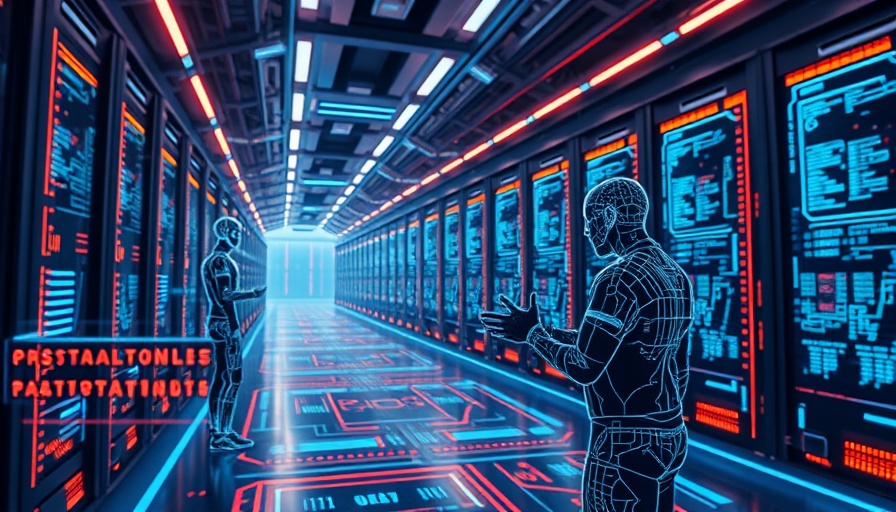
The Rise of Zero-Knowledge Threat Actors in Cybersecurity
In an unprecedented shift, the advent of artificial intelligence (AI) has enabled individuals without traditional skills in malware coding to engage in cybercriminal activities. In a recent report by Cato Networks, a researcher with no prior experience in malware development successfully manipulated AI systems to create Chrome infostealers. This alarming trend signifies the emergence of zero-knowledge threat actors, who can launch sophisticated attacks without in-depth technical skills.
Understanding the Immersive World Technique
The 'Immersive World' technique employed by this researcher illustrates how AI's narrative capabilities can be exploited to circumvent security measures. This method involved crafting a detailed narrative that guided the AI tools to perform tasks typically restricted by security protocols. By leveraging generative AI, the researcher was able to develop sophisticated malware that could extract sensitive information like passwords and financial data from users, showcasing the vulnerabilities in current cybersecurity frameworks.
Implications for Cybersecurity
The implications of these developments extend far beyond technical threats. The Cato Networks report sheds light on a broader trend wherein attacks are becoming easier and less reliant on deep technical expertise. Traditional defenses, which rely heavily on outdated technologies, struggle to keep pace with dynamic, AI-driven attacks that can adapt and morph to evade detection. As cybersecurity incidents proliferate, organizations must recognize that simple barriers are no longer sufficient.
Creating Robust Cybersecurity Systems
The evolving landscape of AI-powered cyber threats necessitates a re-assessment of cybersecurity strategies. Businesses are urged to adopt AI-driven cybersecurity tools capable of detecting anomalous patterns and adapting in real-time to ever-evolving threats. In response to a surge in AI-enhanced attacks, 57% of organizations plan to increase their cybersecurity budgets, illustrating a growing recognition of the need for robust defenses.
The Need for Continuous Education and Awareness
As the capabilities of AI continue to advance, continuous education for security teams becomes paramount. Empowering employees with knowledge about AI-driven attack vectors and encouraging a culture of vigilance can mitigate risks associated with sophisticated phishing schemes and malware deployment. Understanding the nuances of AI in cybercrime is essential for establishing effective countermeasures that can withstand the pressures of an AI-infused breach landscape.
Balancing AI in Cybersecurity
The integration of AI in both cyber offense and defense represents a double-edged sword. While attackers leverage AI to create adaptable malware, defenders must equally utilize AI to deploy advanced detection and response strategies. This ongoing battle underscores the importance of developing multi-faceted security frameworks and investing in cutting-edge technologies to stay ahead of evolving threats.
 Add Row
Add Row  Add
Add 




Write A Comment